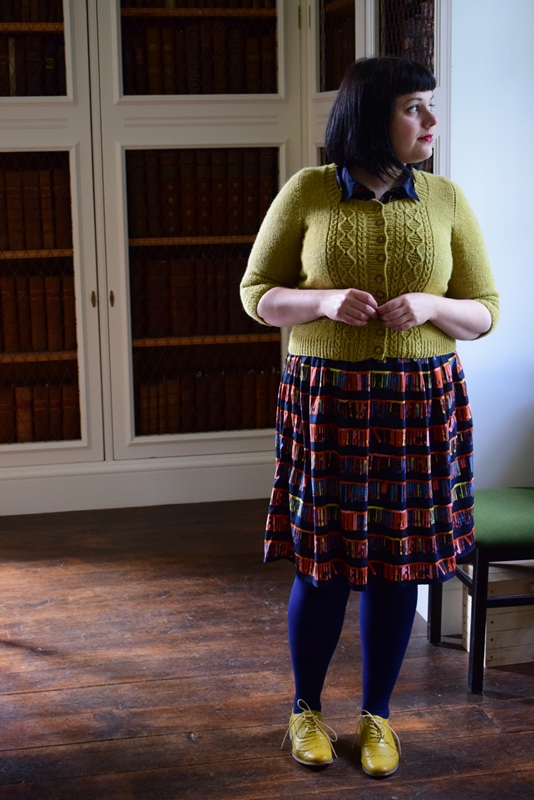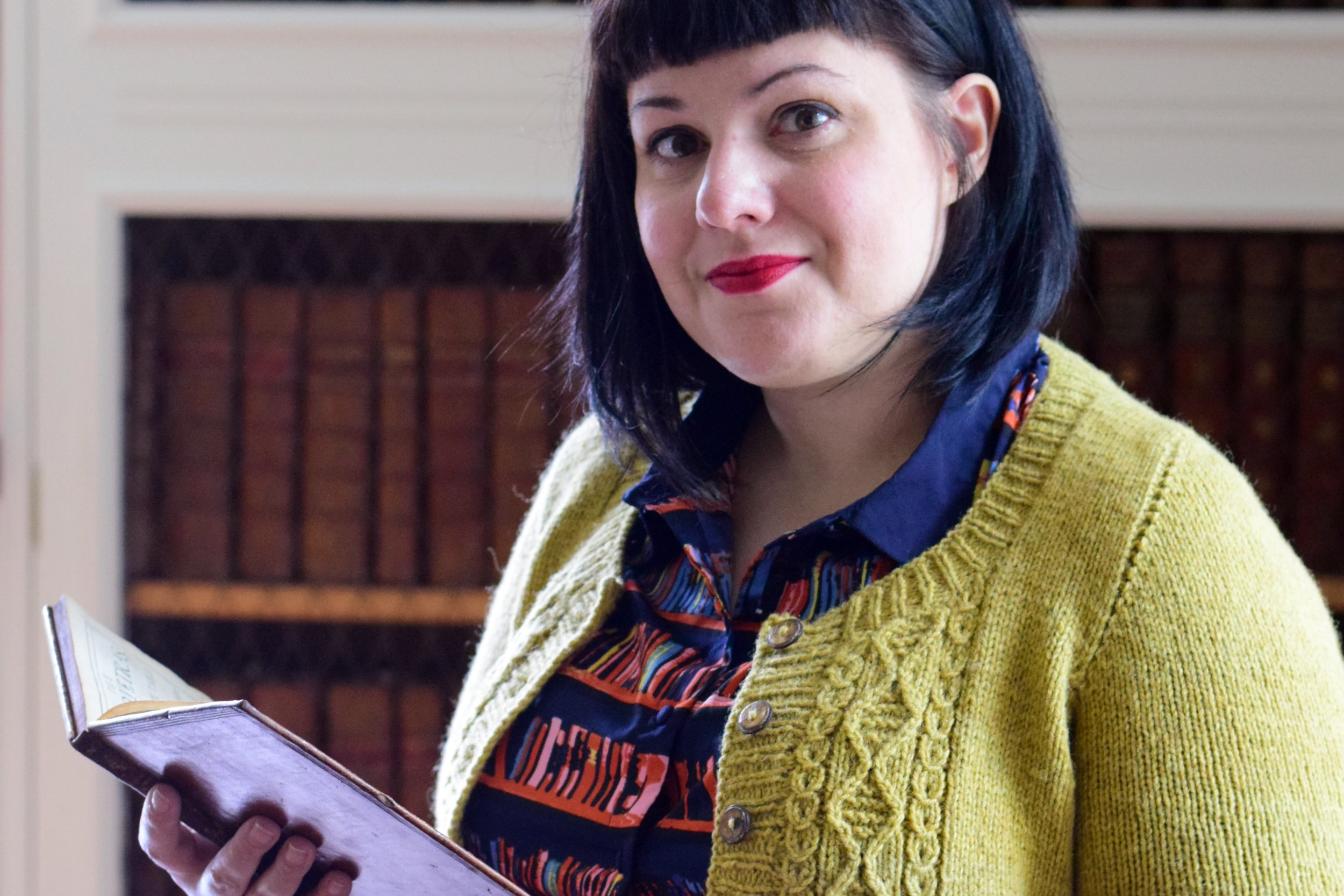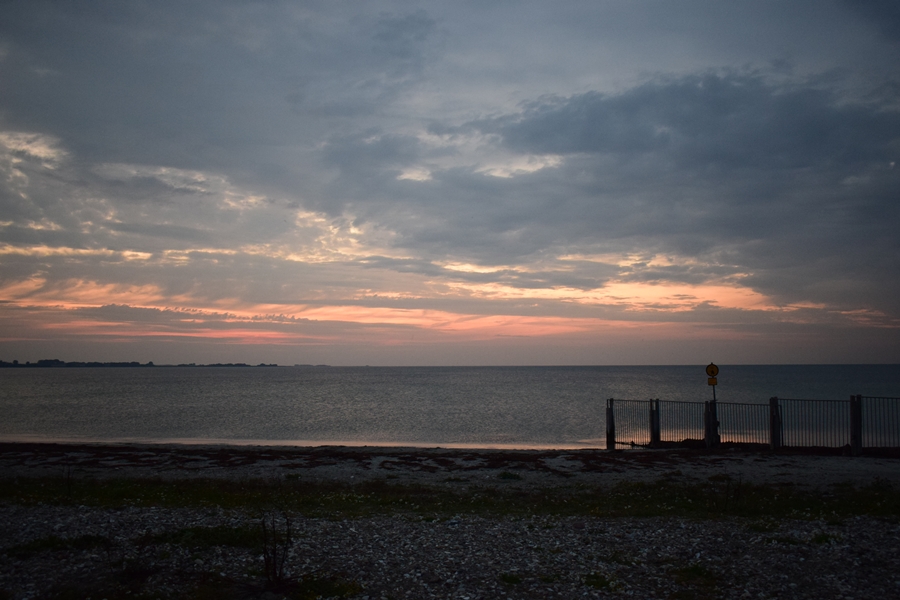Welcome to the fourth of ten posts introducing the patterns in This Thing of Paper. We are close to launching, so I want to take you through the patterns and their stories.
Incunabula is a fitted bottom-up cropped cardigan with a mock-cable and textured detail at both fronts and the back. The 3/4 sleeves are worked seamlessly top-down using the short-row method. It is worked in Blacker Yarns Classic DK — a wonderful workhorse yarn on the heavier side of DK. The buttons are from my bottomless button stash but Textile Garden sell similar. I knew I wanted to design a cardigan that was technical to knit, yet easy to wear. It was also inspired by my librarian friend Lauren who has an enviable knack for wearing cardigans.
Incunabula are books printed before 1501 (I know that some people struggle to pronounce the word, so think of it as in-ku-NA-bu-lah. Or call it Inky. We are among friends here). Incunabulum means 'cradle' in Latin - and scholars used to think of the earliest printed books as being the cradles of knowledge. I am particularly fond of this type of books as they hover somewhere between manuscripts and actual printed books (I write more about this threshold in the book essay).
We shot the photos at Innerpeffray Library - the oldest lending library in Scotland. They own an incunabulum which I was allowed to handle. It was terribly exciting and also somewhat meta - handling an early printed book whilst wearing my Incunabula cardigan! I wore the cardigan with my bookshelf dress and my mustard brogues. I have seldom felt more stylish as I did walking around the Library, picking up 16th and 17th century manuals on calligraphy, astronomy, and mathematics. Good times.
Finally, I want to draw your attention to a little detail. The mock cable and textured panel on the back extends into the bottom-ribbing. Isn't that pretty?

















